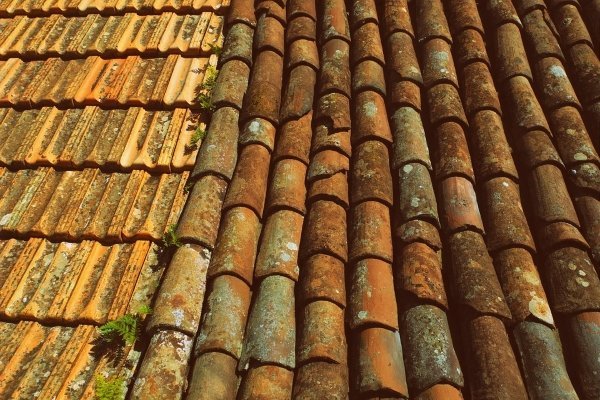
If there's anything Denver CO homeowners wished for, it was for hailstorms to never hit their homes. True enough, hailstorms are devastating. From pea to softball-sized ice stones hitting and causing destruction on your tile roof, it is nightmarish scenario bringing forth huge expenses for roof repairs or replacement.
However, regardless whether you're using traditional 19th century clay tiles or modern limestone-mixed concrete tiles, it pays to know if hail really caused the damage to your roof or something else entirely. Vertex has a great excerpt about determining hail damage on tile roofs below.
Is It Hail Damage?
So, now it’s been determined whether the tiles are clay or concrete. But, is it hail damage, or was the damage caused by something else? And what constitutes damage to roof tile, regardless of origin? In general, functional damage to clay or concrete tiles is defined as chipped or broken tiles which have measurably and significantly reduced the functionality of the roof covering, thereby inhibiting the ability of the tiles to shed water and allowing water to get beneath the tile.
Both concrete and clay roof tiles are resilient, even more so than the more common composition asphalt shingles. In fact, based on field observations and laboratory testing, it has been established that hailstones less than 2 inches in diameter will generally not damage a competent and properly installed concrete or clay tile. Damage to tiles may be a result of mishandling during installation, improper installation, and foot traffic, all of which are considered to be mechanical damage. (Continued)
Is it possible to repair the hailstorm damage on your Denver CO clay tile roof? Good news: you definitely can. However, some few exceptions exist. Repairs are only applicable if your clay tile roof only suffered small hairline cracks and micro-chipping across the roof suffering hailstorm damage. SF Gate Home Guides clarifies the extent you can repair hail-damaged clay or concrete tile roofs before you can replace them.
Dealing with Hail Damage
While small hailstones that are less than 2 inches in diameter don’t typically damage clay tiles, those larger than 2 inches in diameter can break off or chip the tile and cause cracks that go all the way through. Typically, the center of clay tile is more resistant than the edges, but hairline cracks might occur anywhere on the tiles if the hail is large enough. Repairing Chips and Hairline Cracks
If small hailstones have damaged your clay roofing tile, the damage is usually limited to shallow hairline cracks. However, it is possible for small chips to break off the edges and corners of the tile. Both types of damage can usually be repaired without replacing the tiles. Patch cracks and small chips by filling them with roofing mortar. Choose a day when no rain is expected for at least 24 hours to ensure the mortar has time to cure properly. (Continued)
Let's expand the options you have for repairs. It's cost-effective and even Denver CO homeowners can repair their roof suffering from hailstorm damage. In addition to brittle or cracking tiles, Traditional Product Reports talks about the other roofing component failures that lead to clay tile damages during hailstorms. Read more about it below.
SOURCES OF FAILURE.
Well-made clay roofing tiles are extremely durable; most will last over a century under most conditions. If a tile roof is leaking, common causes are: (a) failure of metal flashings; (b) failure of the metal fasteners; and (c) a few broken tiles caused by careless roofers, cascading ice, etc. Unless all the tiles have been smashed by a catastrophic hail storm, it's unusual to find that all the tiles on a roof are worn out or somehow damaged.
REPAIR OPTIONS.
If failure of metal flashings is the source of most leaks, it's possible to lift a limited number of tiles, replace all flashings and re-lay the original tiles. During this process, you may also find some broken or cracked tiles. (An experienced roofer can tell by gentle tapping whether a tile retains its structural integrity or has hidden fissures.) Cracked or missing tiles should be replaced at this time. Work on an existing tile roof must be done by an experienced roof tile contractor; an inexperienced contractor may break more tiles than he or she replaces.
FASTENER FAILURE.
Sometimes a roof will start shedding perfectly good roof tiles because the original installer used cheap galvanized nails instead of copper. If the galvanized nails are rusting and failing, the only satisfactory solution is to remove all the tiles and re-lay them using copper or stainless steel nails. Even though this is a labor-intensive process, the result will be a lot more satisfactory -- and long lasting -- than an asphalt-shingle replacement.
Hailstorm damage is truly a handful and expensive. In this light, you'll definitely want to work with a reliable contractor with long-term experience and in-depth knowledge in repairing and installing your new clay tile roof. Roper Roofing is here to help you if you have yet to find a reliable contractor. You can contact us today to know more about our services!